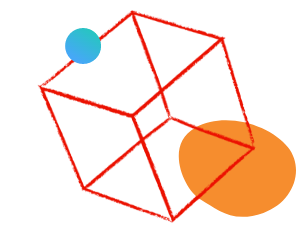This conversation has been locked due to inactivity. Please create a new post.



This conversation has been locked due to inactivity. Please create a new post.
Is there a way to force a PDF rendered by LC to be downloaded by the HTML client, instead of opened in the browser? When I use the REST url the browser tries to open the PDF and I don't get the download option.
Views
Replies
Total Likes
I believe that this is actually caused by the broswer. The service sends a file to the client (a browser in this case) of type "application/pdf". The browser then says: "Hey, I know what to do with that. I'll open Reader/Acrobat". This is because of the association made in the browser with application/pdf files and Reader/Acrobat.
If on the other hand, you change the content type in the resulting document object (say using a setValue in a LC process) to something like "mysterious/unknown" then the browser sees the file it can't make an association. That should trigger a download dialog.
Views
Replies
Total Likes
Hmm.. I have the impression I need to do something more thank just that. Indeed I got the popup to work by changing the MIME type, but that also removed the .pdf extension for some reason. I'f I keep using PDF the browser just always opens it, whilst that same browser on many other sites forces the download dialog when opening PDFs.
More hints are welcomed ![]()
Views
Replies
Total Likes
You can do that by adding a http header in the response, for instance in a servlet you would add:
response.addHeader("content-disposition", "attachment; filename=" + myFileName + ".pdf")
Views
Replies
Total Likes
Hmmm... I am invoking the process through a REST interface. I guess there is no way to set the HTTP header just straight from within Workbench for that REST service?
Views
Replies
Total Likes
I haven't seen any configuration option on the REST end point.
Anyway loading a LiveCycle REST end point as a web page directly into a HTML browser is not a common real life scenario, is it?
A typical architecture would include a web application and the REST end point would be invoked through a servlet, or maybe through a URL reference in another web page.
Views
Replies
Total Likes
Views
Likes
Replies